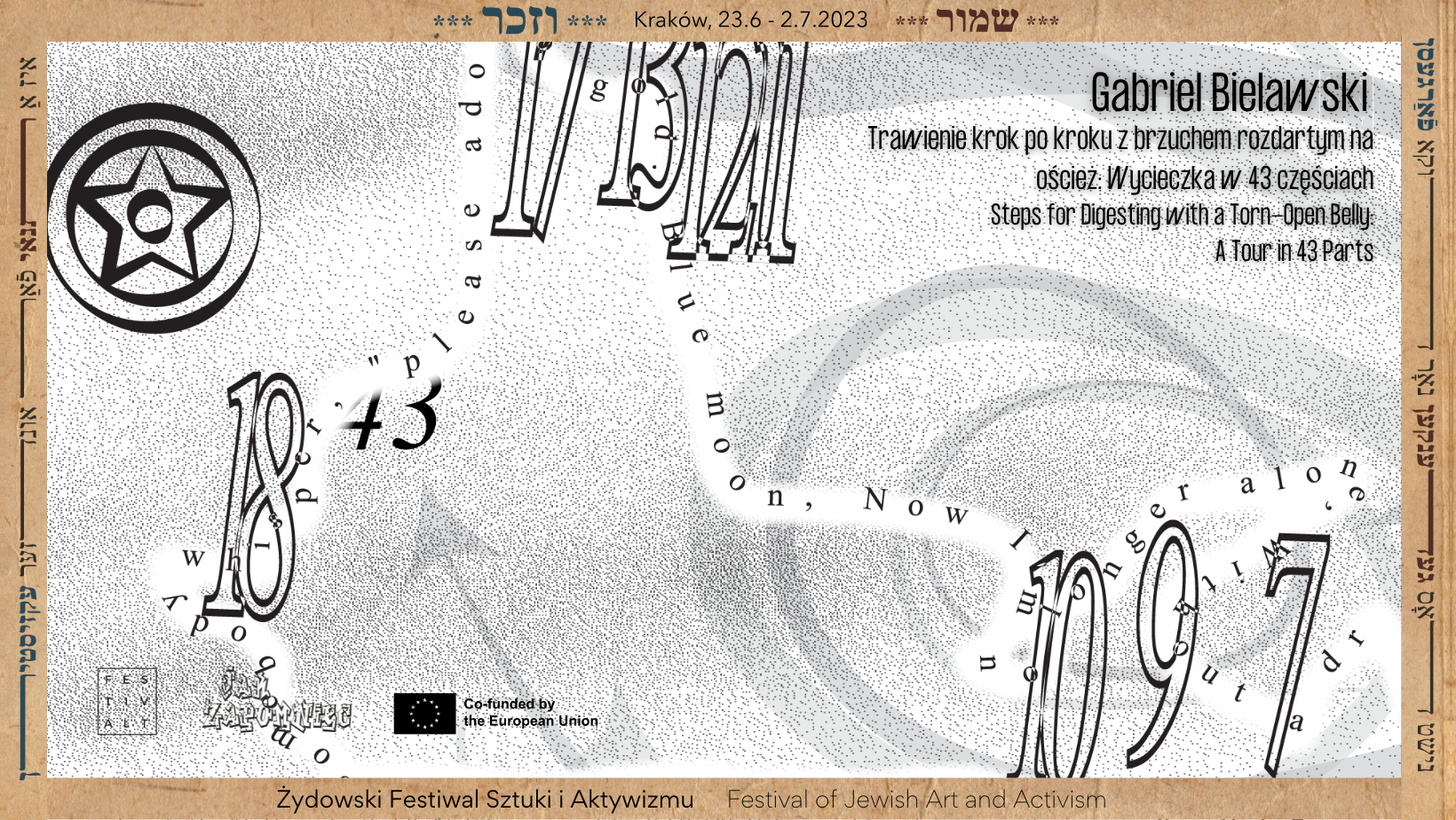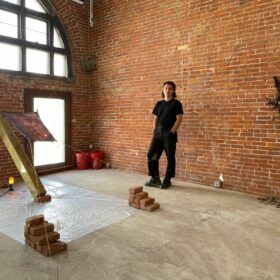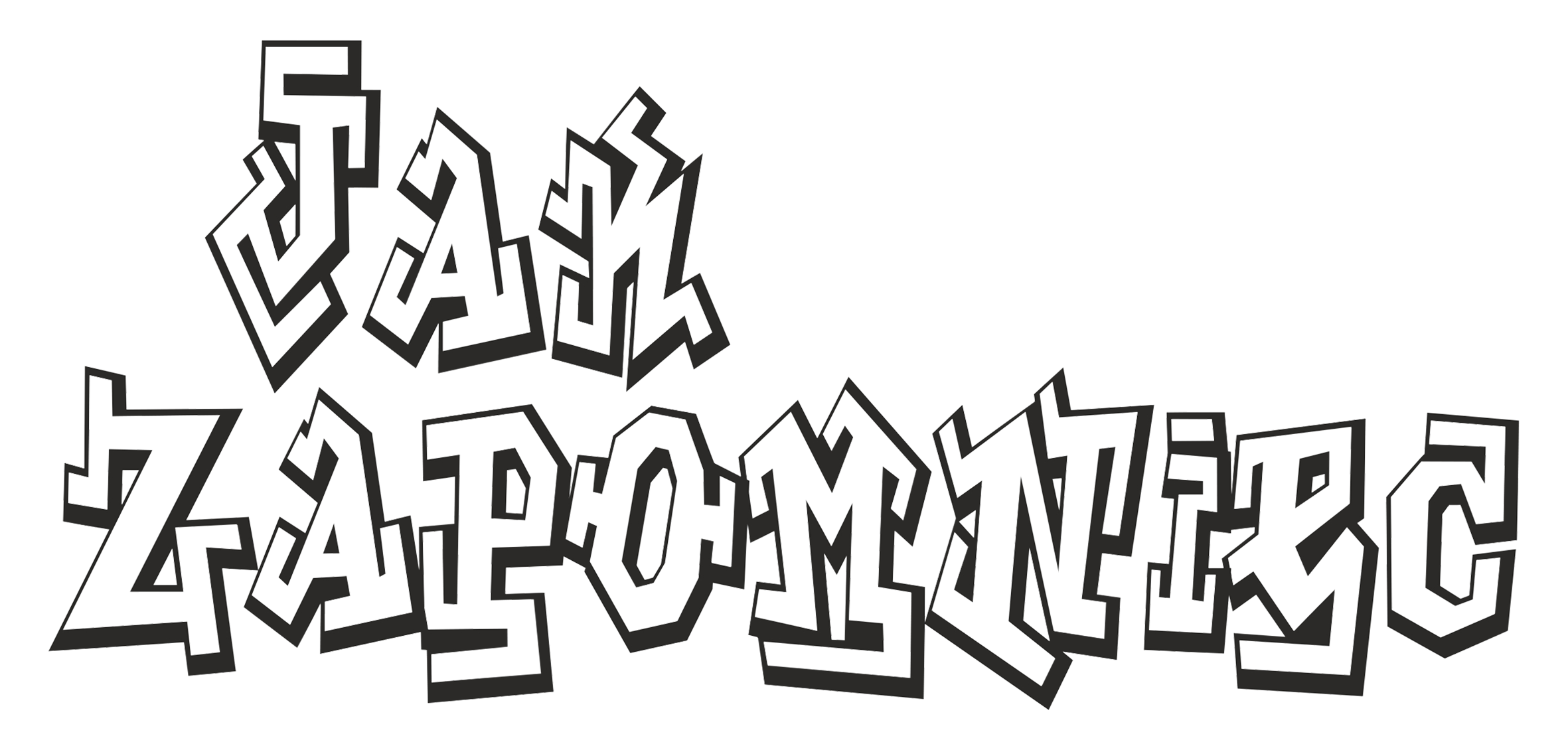An exhibition documenting and forming a series of actions that explore Bielawski’s digital post-memory of Węgrów, where his grandparents lived before the Second World War, and where they hid for its duration.
These works define a visual vocabulary that is an amalgamation of various sources: his great uncle’s wood carvings, which he produced while in hiding, his father’s sculptures about his parents that littered Bielawski’s childhood home, conspiracy theorist’s infographics, and the images and language that the town of Węgrów defines itself with (logos, images from tourist pamphlets, and museum exhibitions). Sculptures from this exhibition will be installed as a monument at a hidden location in the Węgrów area, in an attempt to transplant these semi-fictions back into their supposed place of origin. This work considers the ways that history and memory function as open systems, constantly forming and reforming, absorbing and expelling content.
Official opening will be: 24.06 at 7.30 PM
Opening hours: 4:00–8:00 PM daily, 25.06–2.07
- Paweł Zurakowski, Programming
- Mira Rosenthal, Translation
- FestivALT
- Fulbright Poland
- Institute of European Studies, Jagiellonian University, Kraków
- Tadeusz Manteuffel Institute of History, Polish Academy of Sciences, Warsaw
- Art-A-Hack, MIT / University of Warsaw
- Kruszewski Brothers Bell Foundry, Węgrów, Bell fabrication
- Andrzej Chudzik and Steel4Home, Węgrów, Steel fabrication
- Kamil Białaszek, Sound and Voice
- Maciej Mehl, Programming
- Zuzanna Napora, Design
- Gabriela Niechwiadowicz, Programming
- Nela Zawadzka, Voice
- Special Thanks: Jolanta Ambrosewicz-Jacobs, Paulina Berczynski, Joel Bielawski, Hannah Cosac-Naify, Lisa Cramer, Gigi DiBello, Suzanne Fortier, Michał Gochna, Frankee Lyons, Joanna Pottle, Elodie Thevenin, Wiesław Wąsowski, Nicolas Ochart
The project was selected by an international jury as part of this years Open Call supported by the Dutch Humanitarian Fund.









